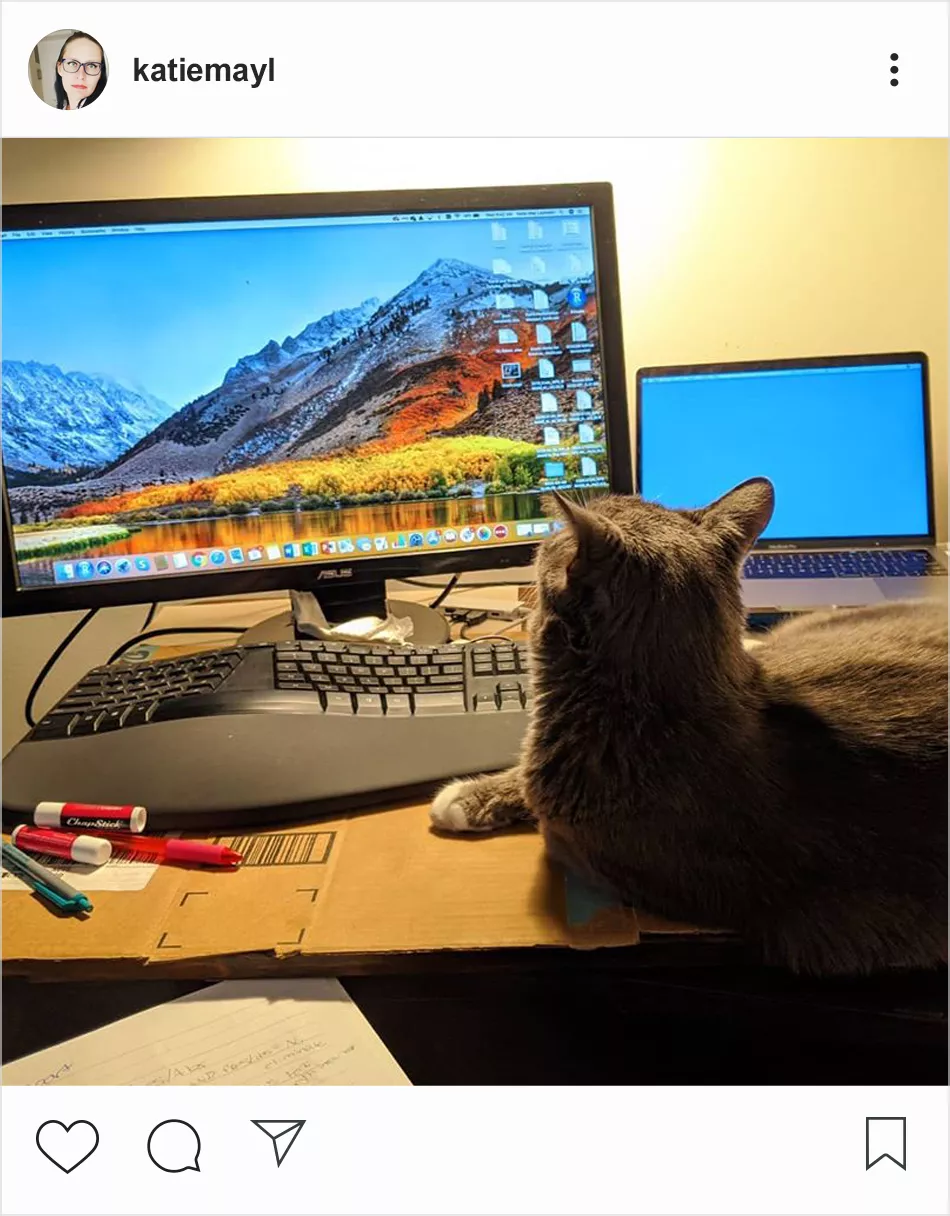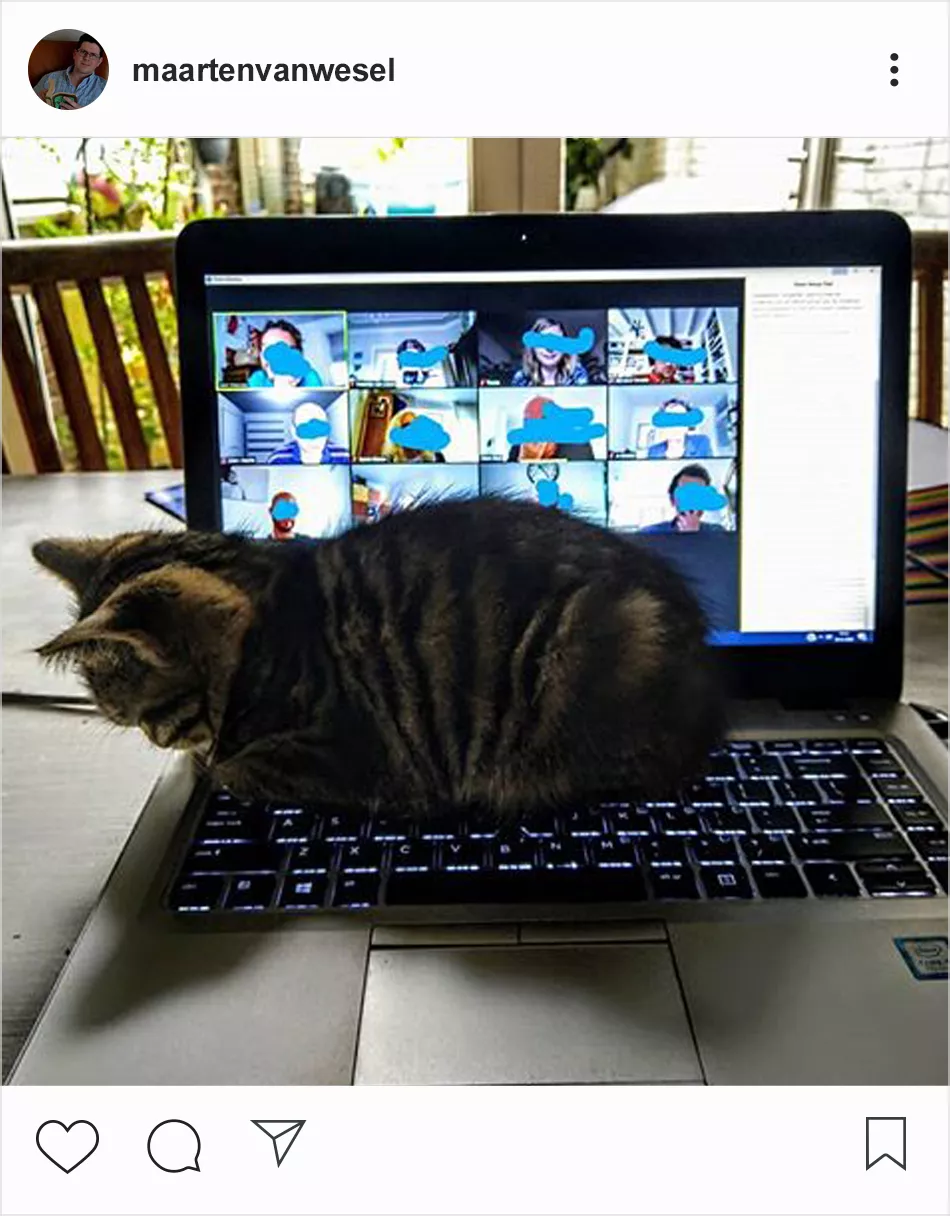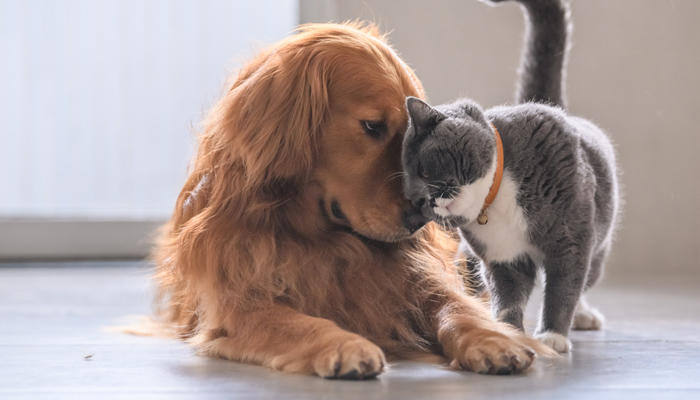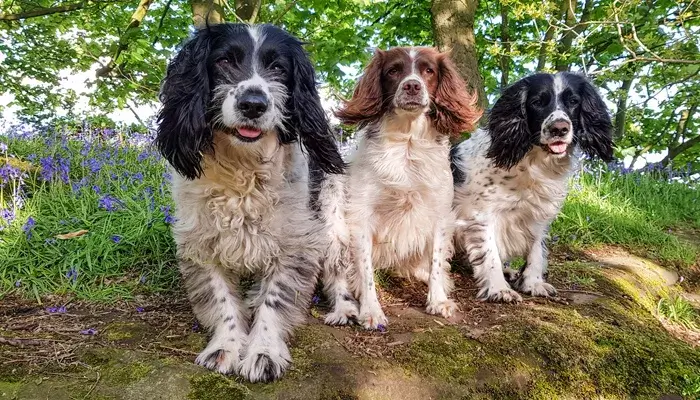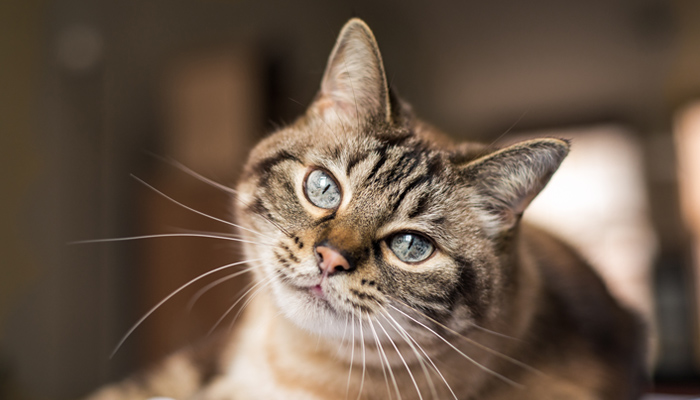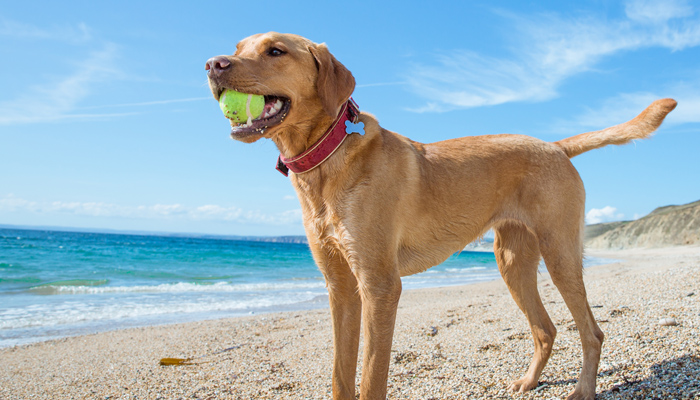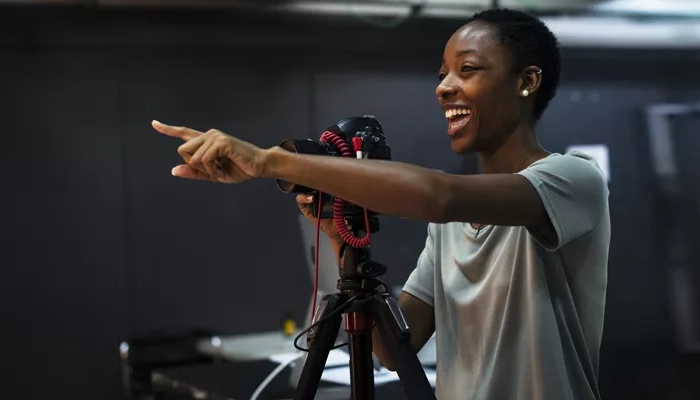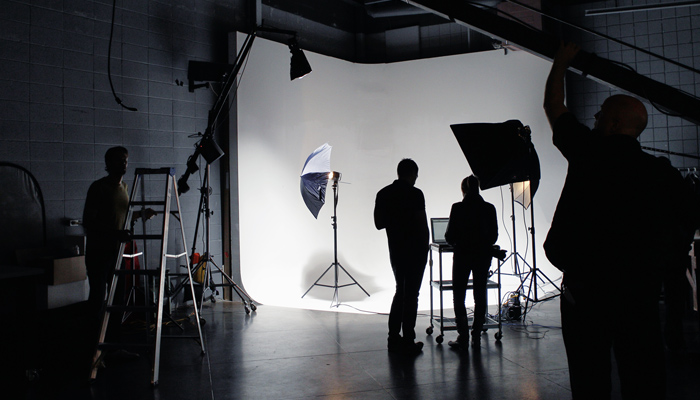Is Pet Photography Taking the Lead?
Rise in pet ownership
Pet photography has boomed over the last few years, brought on by a surge of high-calibre social media accounts that sky-rocket animals to fame. The top dedicated pet accounts across the four most popular platforms amass over 110 million followers in total.* Now, a growing number of photographers are dedicating their craft to capturing pet portraits after spotting the growing demand. And with pet owners paying above the odds for professional images of their furry friends it’s easy to see why.
Searches like ‘pet insurance comparisons’ have seen a 200% increase via Google Trends since February, indicating a rise in pet ownership. Having spent a lot of 2020 indoors with our pets, we decided to survey 1,000 cat and dog owners** to see if we’ve become more attached to them and, in turn, taken more photos of them.
More than a furry friend?
Almost three-quarters (74%) of people said they’d spent more quality time with their animals in the national lockdown. But with less regular human contact since March, we turned instead to our pets as confidantes – with almost half of people (49%) saying they’ve complained to their pets about colleagues, friends or family.
If our pets had social media, we’re sure they’d document this. So, we imagined what it would be like if our animals had their own accounts and what they would be posting – starting with Berlioz the cat:
“My human spends all day looking out of this window and complaining. I love the view – don’t know why they get so upset about it!”
Fun to share
When we take snaps, two-thirds of us (60%) are in pursuit of catching our pets doing something funny, while a similar amount (57%) get shots to share with our friends and family.
The pet paparazzi
Our survey revealed that pet owners take more photos of their furry children over anything else, including family, partners, sights and food – which just goes to show how much they have our hearts! And sometimes, the setting is photo worthy, but our pets steal the show.
Snap like a pro
If you’re looking to improve your pet photography skills, we’ve enlisted the help of professional photographers Kerry Jordan and Tracey Smith to share their top tips on how to take photos of pets.
Focusing on the camera
Stealing your pet’s attention for a millisecond is half the battle. Kerry advises ‘making unusual sounds that your pet won’t have heard before, like high pitched noises, words in different tones or crumpling a crisp packet above the camera. You may even get a cute head tilt! Likewise, saying a phrase that gets your pet’s attention, like ‘treat?’, ‘ball?’ or ‘walkies’ can also work!
If your pet is scared of the camera, get them comfortable by setting it on the floor with a treat next to it. Once they’re OK with that, pick up the camera and add a training word like ‘say cheese’. They’ll soon see the camera as a positive thing’.
Getting the lighting right
Lighting is the most important part of any photo. To nail it, Kerry says that ‘before you even raise the camera, look at your pet’s face and see how light is hitting it. Is one side in shadow? Is the face quite dark? Can you see any nice little spots of light in the eyes? If it doesn’t look right, move them around or move yourself. Then take a few shots and change direction if necessary’.
Finding perspective
This really depends on what your pet likes to do and is your chance to get creative! Kerry suggests, ‘if they like getting up high, why don’t you go down really low and shoot upwards? Try moving around in different positions or looking down from above’. Tracey, on the other hand, usually opts for getting down to eye level for really good shots.
Achieving focus
Tracey’s tip for super sharp images is to ‘focus on the eyes – you don’t want blurry eyes, particularly in a portrait shot.
If you don’t have a fancy camera, you should have the capabilities on a camera phone. But if you’re using a DSLR, set an aperture of at least F5.0/F5.6 as a wider aperture such as f2.8 straight on will blur in some parts of the animal’s face or body’.
Taking action shots
For action shots, if you’re using a camera such as a Canon or Nikon, Tracey recommends "changing your focus setting to auto-tracking and keeping your shutter speed above 500 to minimise motion blur. Lighting will be a big factor here and you will need to adjust your ISO/Aperture/Shutter speed accordingly."
Pets and mental health
Our four-legged friends no doubt cheer us up in the best of times, but during this unprecedented period, over three-quarters of us (76%) agree that our pets have helped our mental health. Nothing lifts your mood like a cuddle with something you love, and our pets can be an endless source of comfort.
As many returned to work after the national summer lockdown, 49% said they felt anxious about leaving their pets at home having spent so much time with them. We’re sure the animals felt the same and would say so if they had their own account.
“My human said they’re going back to the office soon, but I’m finally getting the hang of this work from home business!”
Protect your precious photography kit
If you love taking photos of pets and own a professional camera, it might be worth thinking about photography insurance. A policy will cover you against things like loss or damage – which could be particularly handy around our furry friends.
**Towergate Insurance surveyed 1,000 dog and cat owners in summer 2020.
Date: October 20, 2020
Category: Other




